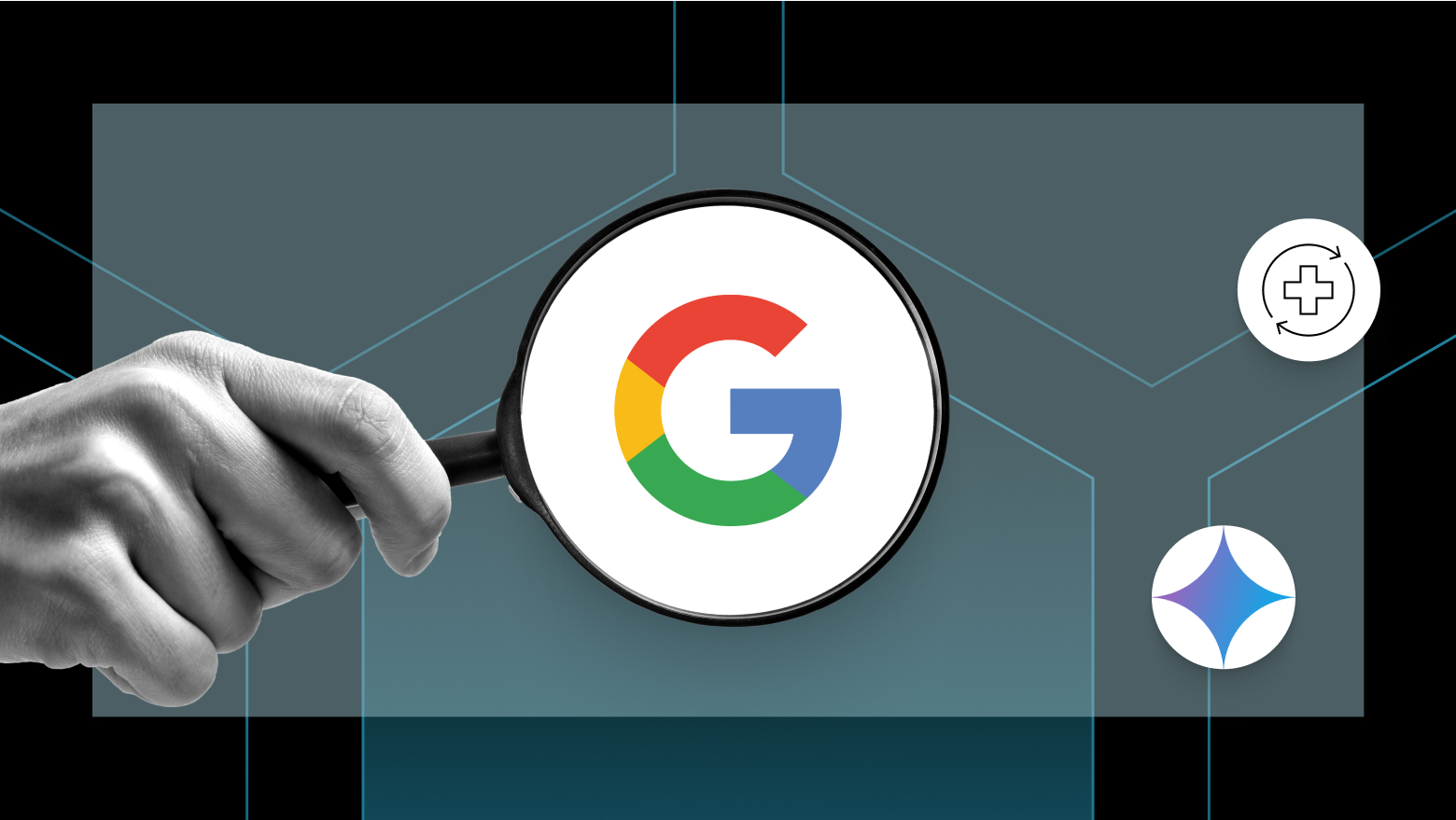Publisher Updates
How SGE is Changing Local SEO for Healthcare Digital Marketers
Here's what you need to know about Google SGE and its impact on search discoverability... and healthcare digital marketing.

Carrie Liken
Apr 1, 2024

**If you're a healthcare marketer, you know that driving organic traffic to your website is critical. But Google's evolving search landscape could complicate that task: their recent integration of AI-generated results (called "Search Generative Experience," or "SGE") could drastically change how people find healthcare information. Here's what you need to know about Google SGE and its impact on search discoverability for healthcare. Google's evolving algorithm As you probably know, Google has continuously refined its search algorithms over the past two decades. (A major shift occurred in 2013 with the hummingbird algorithm, which emphasized the importance of search intent over exact keywords.) Since then, Google has aimed many updates at providing comprehensive answers directly on the results page, potentially reducing website clicks. Google's biggest change on that front came within the past year, with the integration of AI into search results. Call it the "ChatGPT effect": since the launch of OpenAI's ChatGPT in November 2022, we've seen what could be termed an AI arms race. Google worked to accelerate its AI development, and the company's "answer" to ChatGPT, now called Gemini, has been integrated into search results in Google SGE. Overall, the integration of AI models in this way may signal a revolution in how people search — and, as a result, in how marketers think about discoverability. Here's why. Updated SGE and the impact on healthcare Research indicates a significant impact on the healthcare industry from the integration of AI-generated answers into Google search results. Healthcare queries are already receiving AI-generated answers almost 90% of the time – significantly higher than other sectors. Key implications for healthcare organizations
- Potential decline in organic traffic: Studies have shown that when SGE results are on the search engine results page (SERP), the information that is AI-generated is accurate and holistic enough that people aren't clicking into websites. This leads to a drop-off of organic traffic because searchers are finding the information they need on Google in SGE rather than clicking into a site to keep learning more. If SGE gains wider adoption — and more surfaced answers in search results are AI-generated — healthcare websites could see up to a 75% decrease in organic traffic overnight. (See more from the studies explained here.)
- Urgent need for data-driven strategy: Tracking relevant search terms and non-branded traffic is more crucial than ever for understanding current trends — and predicting potential traffic drops in the future. You can get prepared by embracing a data-driven strategy for your organization today. Click here to learn more.
- Increased importance of listings, reviews, and content: Google has indicated that it pulls data from:
- Google Business Profile
- Reviews
- Website content
- Possible outside sources (other publishers) If you want answers generated by Google to be correct and comprehensive, that means you need to actively manage the data sources they're looking at. Managing your listings across publishers, your reviews, and your website content gives you the best opportunity to give Google the information it needs — so Google gives patients and consumers the correct answers they need. Here are five things you can do to prepare for possible changes to the search engine results page:
- Sign up for Google Labs today. You can't understand what the impact of changes in SGE will be unless you experience it yourself. Here are the steps: Go to Google Labs with your Google account (most likely Gmail). Find the "Search Powered by Generative AI" button. Click on "Get Started." Start searching and experimenting on Google for personal searches as well as those related to your healthcare organization. (Note: this needs to be done on a personal Google account — not a work account.)
- Run tests to understand the impact of SGE on your website. This is where the data-driven strategy from above comes into play. To understand potential impact on your web traffic, you need to know your baseline. For example: what keywords and search terms are driving your site's traffic today? Collect a list of keywords that represent at least 50% of your site's traffic (above your branded terms). Then, chart how these keywords perform on the new SGE experience. Make test searches using these keywords and document whether your website and/or website content shows in SGE. Keep this test going every two months during the Google Labs period so that you can identify any changes to your website traffic. (In the meantime, make sure your pages are adequately schema tagged.)
- Prioritize your listings and reviews. With Google changing the ad landscape — and, as mentioned above, prioritizing listings and reviews data in SGE — it's never been more important to focus on your listings and reviews. Be prepared for diminishing organic traffic to your website and increased discovery of your providers, physicians, and even health content to happen directly through SGE. In the absence of traffic driving to your site, you need to be prepared to help people find your providers, locations and content off-site, on Google. Having robust listings with correct, comprehensive information is the best way to do that. Review management plays an important role too — and you can learn more about that here.
- Build relationships into your site. Your site content needs to be built with related relationships — because that's what allows Google to "read" and "reference" your data. If your website is structured in a siloed way today, put a plan in place to start to develop relationships among your site's pages and content. Here's what that looks like in practice: if you have a page dedicated to a condition – say, mitral valve repair – you shouldn't let that condition page stand alone. Add related elements to that page to make sure Google is seeing those associations, too. In this example, a Mitral Valve Repair page should include:
- Content about Mitral Valve Repair
- Doctors who perform Mitral Valve Repair surgeries
- Locations where you can be treated
- Transactions and calls to action (i.e. book a consultation) Each of your site pages should be structured in a way that prioritizes how Google can reference this information in SGE.
- Focus on website transactions. As your content continues to be distributed to train the AI algorithms, your website will be a place where people need to transact, not learn. You may struggle to get people to your website, but the website will still serve an important purpose to a patient or a consumer when he or she realizes it's not possible to take an action within SGE. Your website should heavily focus on transactions like:
- Phone calls to make an appointment
- Calls to action to sign up for newsletters or health exams
- Online appointment booking There is still a lot we don't know about the future of Google and SGE. But we do know that the potential impact on healthcare website traffic is significant. Get prepared by starting on these five best practices today. Want to learn more about the specific implications for your healthcare site? Click here.**